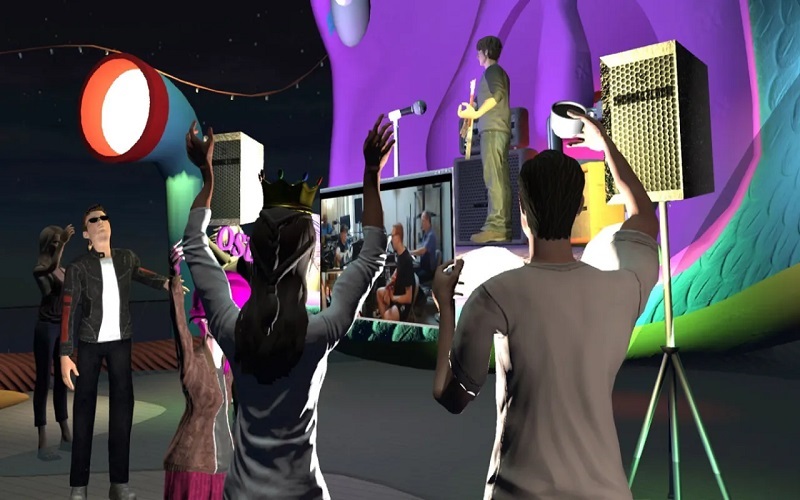Ever since the advent of AR, it has been used extensively for both individual and enterprise purposes. In a few years, the technology has been able to garner huge popularity owing to the unique experience that it provides. It is also being constantly evolved to suit a wide number of needs and improve the experience it presents. From captivating simulations to game-changing applications, VR has undergone a revolution, impacting various industries and daily life. In this article, we’ll take you on an exhilarating tour of the most cutting-edge advancements that have reshaped the virtual reality landscape. From immersive haptic feedback suits and mind-bending room-scale VR experiences to the seamless integration of augmented reality glasses, we’ll explore how these innovations are taking us to places we’ve never imagined before.
1. Haptic Feedback Suits
Haptic feedback suits are a fantastic VR innovation that adds touch to the virtual world. These suits have sensors and vibrators that create sensations based on what’s happening in VR. So, when you interact with objects or walk on different surfaces, you’ll feel it for real! Although there are challenges to overcome, like cost and size, haptic feedback suits have great potential.
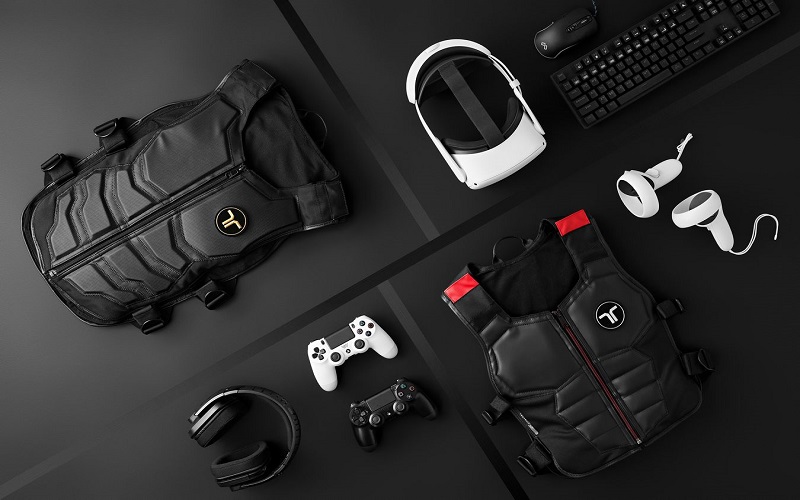
2. Room-Scale VR
Room-Scale VR is a cutting-edge innovation that takes virtual reality to the next level. Unlike traditional VR, you can move around in a designated area while fully immersed in the virtual world. It is a game-changer for gaming and training simulations as one can physically interact with the virtual environment, making it more engaging.
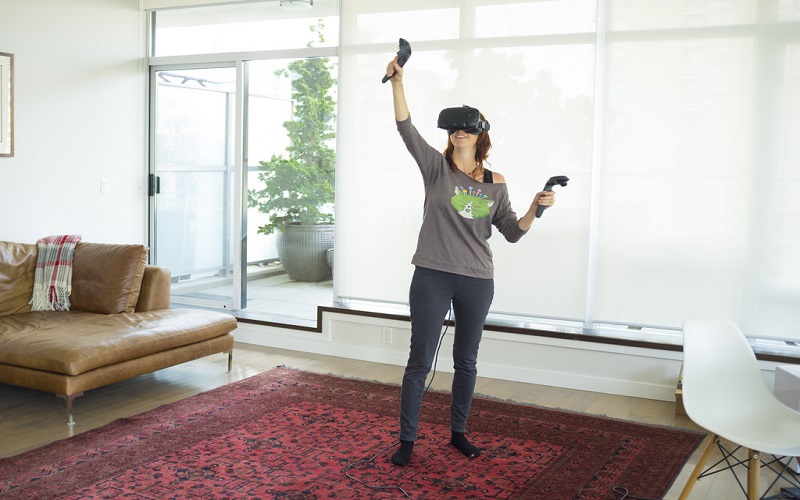
3. Augmented Reality Glasses
Augmented reality (AR) seamlessly integrates into homes using smartphones or tablets. It offers simple, affordable, and intuitive experiences, like trying on clothes digitally. While users need to hold their phones to use AR, AR glasses provide hands-free access to information for professionals like doctors and construction workers, exemplified by Microsoft’s Hololens.
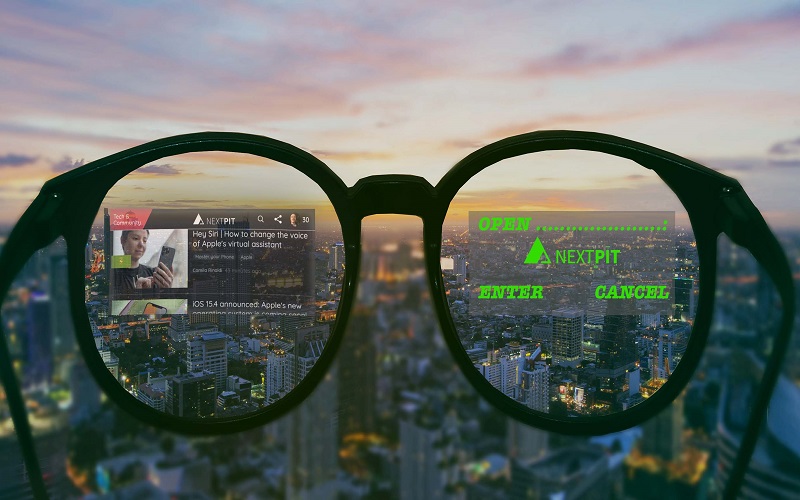
4. Eye Tracking
Eye tracking is an amazing technology that follows your eye movements to control devices. No need for a mouse or touch – just your eyes! It’s used in assistive tech, VR, gaming, and marketing research. Imagine scrolling with a glance or gaming with your eyes! As it improves, eye tracking will bring even more exciting possibilities in the future. Keep an eye on this game-changer!
![]()
5. Wireless VR Headsets
Unlike the old-school setups with annoying cables all over the place, wireless headsets give you the freedom to move around without getting tangled up. These wireless headsets make VR more accessible and comfortable for everyone. It’s like stepping into a whole new world without any physical restrictions.

6. VR In Space Exploration
Virtual reality (VR) is making waves in space exploration. Astronauts use VR to practice missions, conduct repairs, and simulate emergencies in a safe, realistic environment. It helps design spacecraft and plan missions and also engages the public by letting them experience space travel. As VR technology improves, its role in space exploration will only grow, pushing the boundaries of human discovery among the stars.

7. VR Music And Art Experiences
VR is revolutionizing music and art experiences. Now you can attend virtual concerts from anywhere, with innovative visuals and interactive elements, explore 3D art galleries, connecting with masterpieces in new ways. Artists use VR to create, experiment, and collaborate globally. As VR tech advances, the possibilities for artistic expression and audience engagement are limitless. Get ready for an immersive future of music and art!
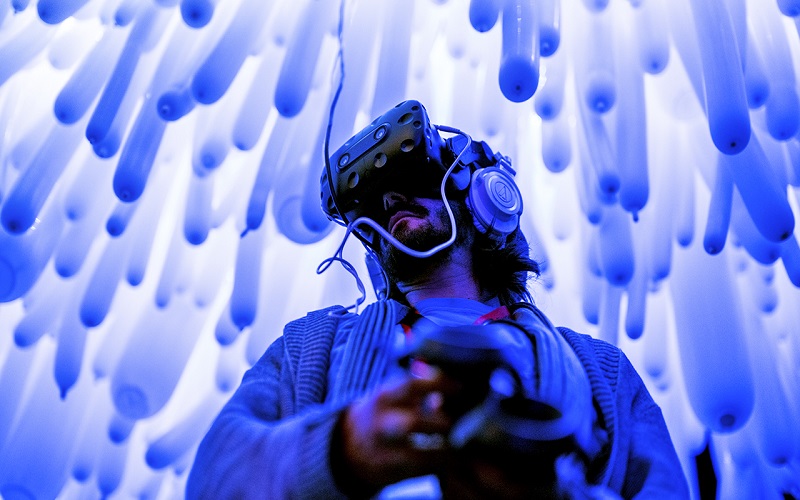
8. 360-Degree Cameras
360-degree cameras capture everything around you. They record videos and images from all angles, letting you explore every direction when you play them back. Great for virtual tours, action moments, and live-streaming events. They add an interactive and riveting element to photography and videography. Get ready to tell your stories in a whole new way with 360-degree cameras!
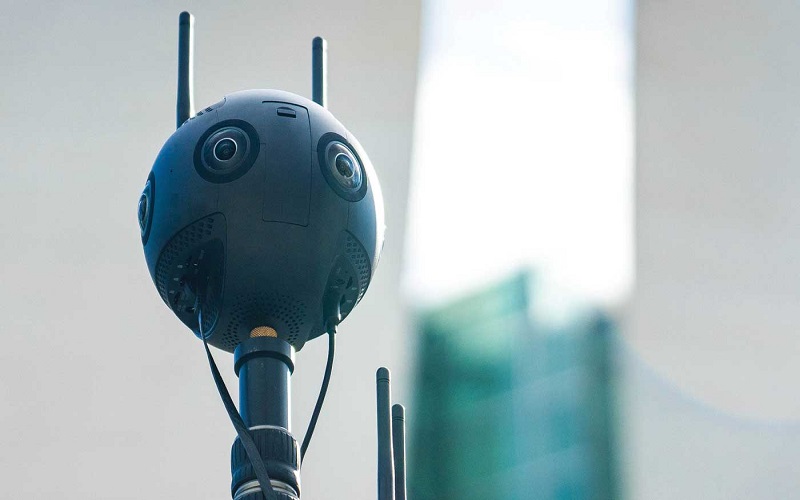
9. VR In Architecture And Design
VR is also transforming architecture and design. It lets professionals create immersive 3D environments for clients to explore their future projects. Design teams can test different options and involve clients in decision-making. VR enhances communication and visualization, making the design process more efficient and collaborative. As technology advances, VR’s impact on architecture and design will only grow, shaping the future of how we create and experience spaces.
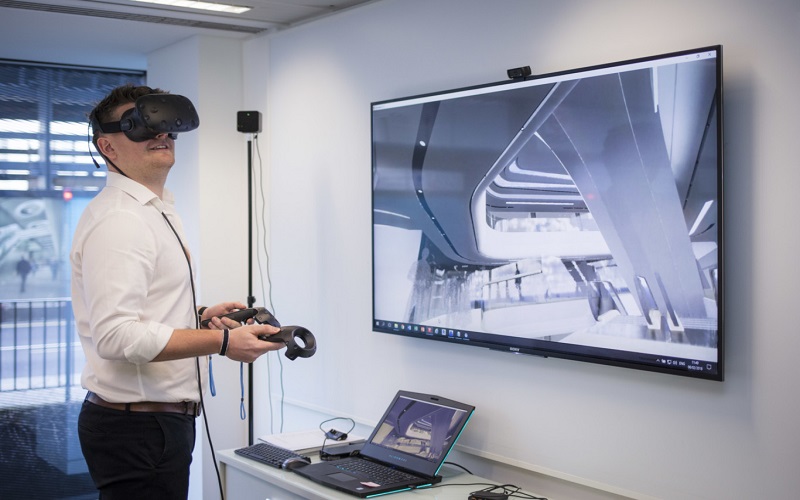
10. Mixed Reality Technology
The Hololens enables “mixed reality” (MR) – a combination of augmented and virtual reality. It projects holograms onto the physical world, enhancing digital interaction. In hospitals, it reduces costs and training time while improving efficiency. MR is an exciting and innovative technology with promising applications.
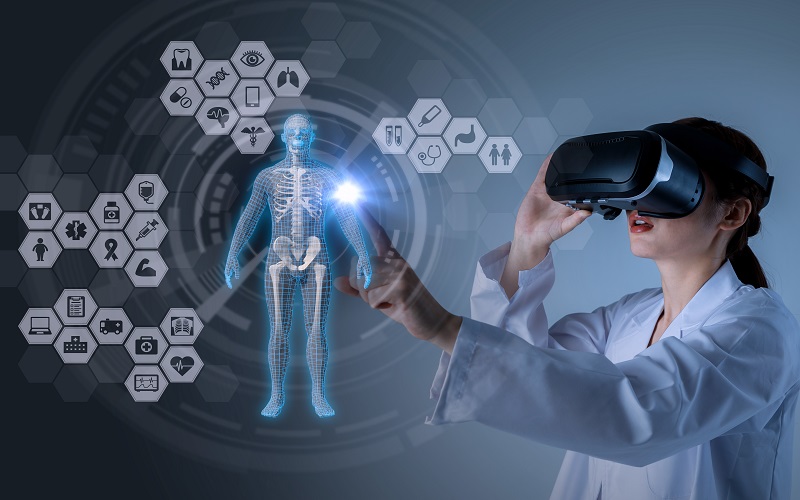
11. Medical Training Simulations
VR is revolutionizing medical training by offering a risk-free environment for practicing surgeries and complex medical procedures. Medical professionals can immerse themselves in realistic simulations, honing their skills without any real-life consequences. This innovative use of VR ensures that doctors and surgeons are better prepared and more confident when facing actual patients, ultimately improving patient outcomes and safety in healthcare.
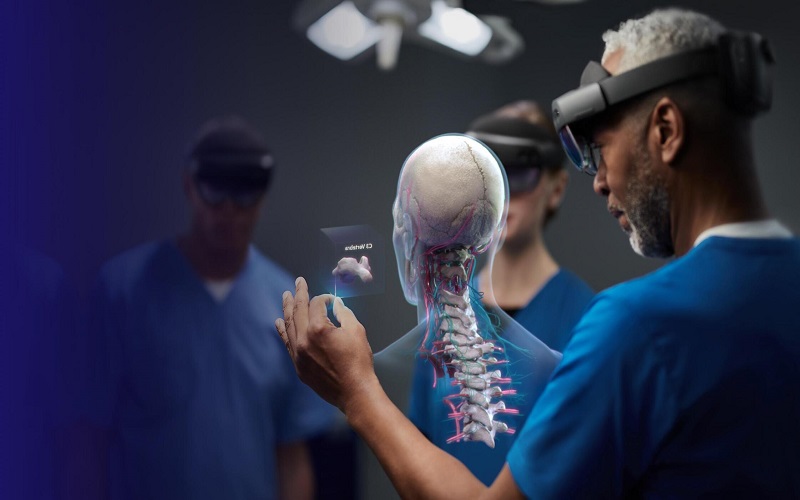
12. VR Content Creation Tools
VR content creation tools empower users to build riveting virtual experiences without coding. With intuitive interfaces and pre-built assets, anyone can design interactive VR environments, making creativity accessible to all. Collaborative features streamline the process, fostering innovation. As VR technology advances, so will the capabilities of these tools, promising an exciting future of captivating storytelling and experiences.
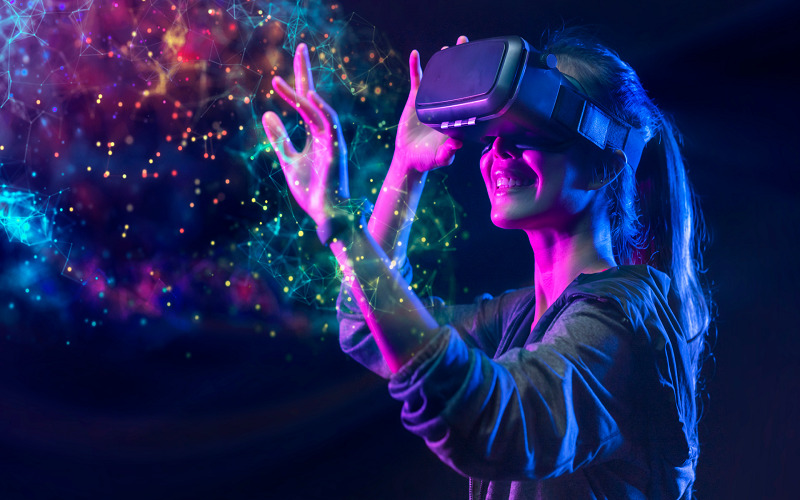
13. VR In Tourism
VR is changing tourism. Explore exotic destinations and cultural sites through virtual tours. It helps travelers preview and plan trips, even for those with physical limitations. VR’s potential for creative storytelling and entertainment is limitless. As technology improves, VR in tourism will continue to revolutionize how we experience the world, expanding horizons beyond physical boundaries. Exciting times are ahead for travel enthusiasts!
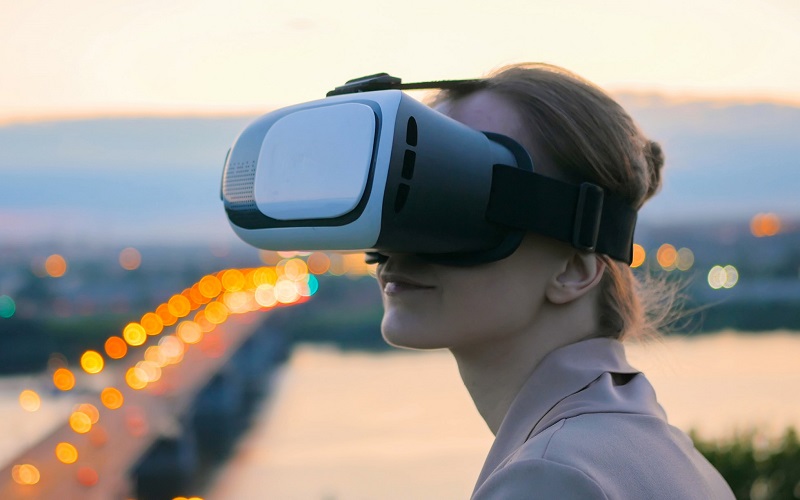
14. Extended Reality Arcades
Extended Reality (XR) arcades are the next-gen of immersive fun. They offer a mix of virtual reality (VR), augmented reality (AR), and mixed reality (MR) experiences. Fight enemies, solve puzzles, or team up with friends in shared virtual spaces. XR equipment like VR headsets and AR glasses create a seamless and captivating experience. These arcades make XR accessible and encourage social interaction.

15. VR Therapy
VR therapy is a groundbreaking use of virtual reality in mental health. It treats anxiety, phobias, PTSD, and more. Patients confront their fears in safe virtual environments, guided by therapists. It’s controlled, precise, and convenient. While not a standalone solution, VR therapy holds great promise and could revolutionize mental health treatment in the future.

16. Training For Dangerous Professions
VR is transforming training for high-risk professions like firefighting, law enforcement, and military operations. Professionals can now immerse themselves in realistic virtual simulations to practice critical skills and decision-making in safe environments. This hands-on training prepares them for real-life challenges, reducing risks and improving overall performance.
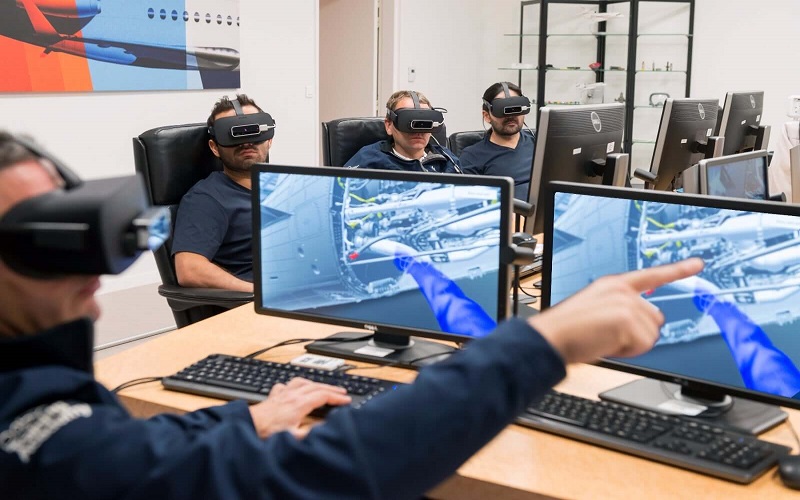
17. Educational VR Experiences
Educational VR experiences are changing how students learn. VR allows them to explore history, science, and far-off places in an alluring way. It makes learning interactive and enjoyable, enhancing retention and critical thinking. VR accommodates different learning styles and is accessible to students in remote areas. Educators can create custom content, tailoring experiences to match their curriculum.

18. VR In Gaming
VR gaming lets players step into the digital world, making the experience more realistic and engaging. From action to exploration, VR takes gaming to a whole new level. It enhances social interactions too, with multiplayer games and shared experiences. The future of VR gaming looks incredible, with more immersive and innovative games on the horizon.

19. VR Rehabilitation
VR rehabilitation uses virtual reality in healthcare to help patients recover from injuries or medical conditions. Tailored simulations offer personalized exercises for motor skills or cognitive abilities. It’s engaging, and motivating, and provides real-time feedback for progress monitoring. VR rehabilitation has the potential to transform recovery, empowering patients to overcome challenges and regain independence.
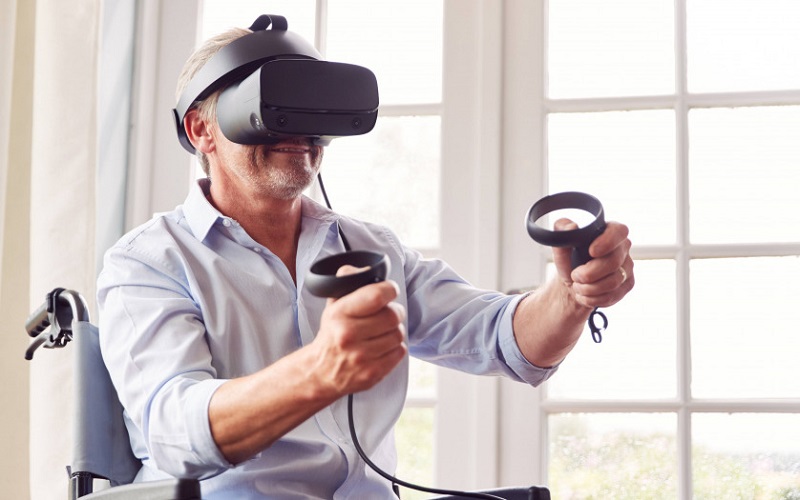
20. Social VR Platforms
Social VR platforms are virtual reality environments for people to socialize and engage in shared activities. Users create avatars to interact with others through voice chat or text. It’s like hanging out in a virtual space, attending events, playing games, and exploring together. Social VR stimulates meaningful connections with friends and new acquaintances. It’s also used for business meetings and educational purposes. As technology advances, social VR platforms continue to grow and offer exciting possibilities for connecting and building communities in the virtual world.
